12 Therapies for Your Horse
1. Physiotherapy
 Physiotherapy offers a wide range of therapies and is an important part of convalescent care.
Physiotherapy offers a wide range of therapies and is an important part of convalescent care.
At the height of training, but also after long training breaks, muscular tension, irritation, resulting incorrect stresses, a lack of elasticity and flexing capacity, as well as tact impurities can appear.
The physiotherapist obtains a general impression of the body and the resulting anatomical conditions and problems.
It also analyses joint mobility and scans muscles for tension, nodules or injuries.
On the basis of these results, he develops an effective therapeutic concept.
His methods also include magnetic field therapy, electrotherapy, ultrasound and massage therapy.
2. Magnetic field therapy
 Magnetic field therapy supports and accelerates the healing process for all illnesses resulting from disrupted or slowed cellular metabolism.
Magnetic field therapy supports and accelerates the healing process for all illnesses resulting from disrupted or slowed cellular metabolism.
Relaxes the muscles, stimulates the immune system and increases efficiency through deep, pulsed oscillations.
The metabolism, growth and functioning of every cell in the body are determined by electromagnetic oscillations.
Diseases, as well as injuries such as torn tendons, trauma and fractures, cause a disruption in cellular metabolism.
A vicious circle: in order to regenerate, the body needs a metabolism that functions properly to form new cells and tissues.
This is where magnetic field therapy comes in.
The magnetic energy supplied stimulates cell activity and metabolism.
The healing process of many illnesses is positively supported and the body can regenerate itself.
Activating metabolic processes increases performance capacity and strengthens the immune system.
Magnetic field therapy is also essential for disease prevention: pulsed oscillations improve blood circulation.
This relaxes the muscles and increases oxygen uptake, preventing injury and hyperacidity.
The regeneration phase after exercise is considerably shortened.
Possible applications in medical therapy :
- Cross stitch
- Respiratory tract diseases
- Metabolic disorders
- Circulatory disorders
- Musculoskeletal injuries
- Swelling
- Inflammations
- Injuries
- Degenerative diseases of muscles, tendons and joints
Possible applications in prevention :
- Improved blood circulation
- Increased oxygen uptake
- Activation of metabolic processes
- Relaxing the muscles before training
- Stimulation of the lymphatic system
- Enhanced immune system performance
- Reduced regeneration times and recovery phases
- Greater vitality and commitment to performance
3. Electrotherapy
 Another highly specialised treatment is electrotherapy, which can only be prescribed and used by an experienced physiotherapist in consultation with a vet.
Another highly specialised treatment is electrotherapy, which can only be prescribed and used by an experienced physiotherapist in consultation with a vet.
Different forms of current adapted to the clinical picture can be used, for example, for the following problems:
- Painful conditions with hypertonic muscles (too much tension in the muscles)
- Activates blood circulation
- Relaxation of tense muscles
- Diseases of the musculoskeletal system (bones, joints, capsules, ligaments, muscles)
Trauma-related :
Sprains, bruises and muscle strains.
Type of degeneration :
Arthrosis, osteochondrosis of the spine, muscular atrophy.
Mode of action :
- Analgesic (pain relief)
- Regulation of tone (regulation of the degree of tension in an organ or part of an organ, e.g. muscles).
- Hyperaemia (stimulation of blood circulation)
- Stimulation of resorption (increased metabolism)
- Electrogymnastics exercises
4. Ultrasonotherapy
 Ultrasonotherapy is a form of treatment delivered by ultrasound waves.
Ultrasonotherapy is a form of treatment delivered by ultrasound waves.
Good experiences have been made with :
- Ligament sprain
- Bursitis
- Galle
- Loss of elasticity in joint capsules
- Haematomas
- Scar tissue
- Tendon injury
- Tendonitis
- Tight, painful muscles
- Soft tissue injuries
5. Massage
 Equestrian sports are competitive sports. Athletes need to be fully looked after so that they can call on all their strength and energy.
Equestrian sports are competitive sports. Athletes need to be fully looked after so that they can call on all their strength and energy.
In the human sector, regular massages for athletes, spa patients or rehabilitation patients are part of daily therapy.
Horses benefit from effective prevention and treatment of muscular problems, just like us humans.
Joint misalignments, spinal blockages, lack of exercise, ill-fitting bowel movements - all these can lead to tension, adhesions and even nodules in muscle tissue.
This is where the massage comes in, relaxing and activating the muscles.
How massages work :
- Improved blood circulation in the muscle
- Increased elimination of harmful substances from muscle tissue
- Releasing tension
- Elimination of myogelosis (knot formation)
- Dissolution of fascia adhesions in thin-tissue muscular skin
- Improved muscle gliding capacity
- Relaxation and pain relief
6. Chiropractic
Chiropractic focuses on disturbances in the functioning of the spinal column (blockages, see below) and on the effects of these disturbances on the nervous system and the body as a whole.
It restores the mobility of the joints or the disturbed statics of the spinal column, enabling the horse to use its performance potential.
It can be used for both acute and chronic problems.
In the case of chronic limb or tendon problems, treatment can promote healing and prevent secondary back problems.
Chiropractic does not treat the symptoms, but the cause of back problems.
When carried out correctly, chiropractic care can be an effective preventive measure to keep your horse in good health and improve its quality of life.
Blocking :
Chiropractors define a blockage as the functional misalignment of a vertebra or the blockage of its joints.
This means that the vertebra's normal range of movement is limited.
The result can be a stiff spine, muscle tension and reduced performance.
If the range of movement between two vertebrae is reduced, this can also affect the nerve cords that exit the spinal cord between the two vertebrae.
In the case of a pinched or compressed nerve, there may be an alteration in the conduction of the stimuli or information necessary for the proper coordination of bodily functions and therefore of all muscle contractions.
Every movement, from a gentle flick of the tail to a complicated training lesson, is made possible by the synchronisation of numerous muscles.
When the nerve fibres innervating these muscles become dysfunctional, coordination is disrupted.
Small disturbances generally cause only minor impairment, but can prevent the horse from performing to its full potential in demanding tasks.
False steps due to a lack of coordination can lead to more serious damage to leg ligaments.
In the event of a blockage, the horse tries to compensate for the lack of flexibility in the spine by modifying its movements and posture, which increases the pressure exerted on other parts of the spine or limbs, which can cause further blockages and aggravate the situation.
7. Taping/kinesio taping rehabilitation
 Most people learn about Kinesio Taping through sport.
Most people learn about Kinesio Taping through sport.
At the 2012 Olympic Games, you could see many athletes in various disciplines sporting coloured patches on their bodies.
Taping has proved to be an ideal companion therapy for the rehabilitation of horses.
The patches are highly flexible in the effect of the different application techniques:
- relaxation and blood circulation in the muscles
- improved oxygen uptake by the muscles
- Stimulation of the lymphatic system
- Joint stabilisation
- Correction of postural defects
- pain reduction
- Dissolving energy blockages
Mode of action The skin is the largest sensory organ and is often used in therapy as a "reflex organ".
Thanks to the horse's movements, the skin is constantly lifted slightly by the bandage and released.
Like a gentle 24-hour massage, it activates blood circulation, oxygen transport and lymphatic flow.
In addition, the skin's mechanoreceptors are stimulated.
Mechanoreceptors are sensory cells in the skin that convert mechanical forces such as massage, pressure or touch into nerve impulses.
Thanks to these stimuli, fascias and muscles are treated, activated, relaxed or soothed.
Areas of application :
- Muscle dysfunctions such as tension, inflammation and myogelosis.
- Nerve inflammation
- Haematomas
- Lymphatic congestion
- Movement restrictions
- Scars
- Tendon defects
- Errors of posture / postural weaknesses / incorrect position of joints
- Pain objective: The objective is always to be pain-free and to obtain and maintain full mobility!
How taping works :
The skin is the largest sensory organ and is often used in therapy as a "reflex organ".
Thanks to the horse's movements, the skin is constantly lifted slightly by the bandage and released.
Like a gentle 24-hour massage, it activates blood circulation, oxygen transport and lymphatic flow.
In addition, the skin's mechanoreceptors are stimulated.
Mechanoreceptors are sensory cells in the skin that convert mechanical forces such as massage, pressure or touch into nerve impulses.
Thanks to these stimuli, fascias and muscles are treated, activated, relaxed or soothed.
Areas of application :
- Muscle dysfunctions such as tension, inflammation and myogelosis.
- nerve inflammations
- haematomas
- lymphatic congestion
- movement restrictions
- scars
- Tendon defects
- Bad posture/weak posture/incorrect joint position
- aches and pains
Target audience:
The aim is always to eliminate pain and achieve and maintain a full range of movement!
8. Leech therapy
 "Hirudo medicinalis - nature's medical aid! Leeches are versatile.
"Hirudo medicinalis - nature's medical aid! Leeches are versatile.
It's not for nothing that they are currently making a comeback in human and veterinary medicine.
Using their 240 tiny lime teeth, they pierce a star-shaped wound in the patient's skin and perform a light bleeding operation.
The act of sucking can last up to 30 minutes or more.
Between the teeth are openings through which SALIVA, the leech's saliva, is released.
The secretions from the salivary cells are thus very effectively rubbed deeper and deeper into the layers of the skin by the sawing movement, without causing any significant pain.
The secret lies in the composition of saliva, where researchers suspect there are over 40 active substances.
It has an anti-inflammatory effect, thins the blood and dilates the vessels.
The best-known active ingredient is hirudin, which rapidly inhibits blood clotting by deactivating the thrombin required for coagulation.
Leeches can shorten the healing process in many areas:
- Tendonitis
- Tendonitis
- Bruises
- Abscesses
- Oedema
- Thrombosis
- poorly healing wounds
- Acute laminitis
- Healing
- Stimulation of lymphatic flow
Contraindication:
- after taking anticoagulant medication
- Heart failure
- Allergy to hirudin
- very old horses
- very weak horses
Find our full training course on leech fitting at www.pretasurvivre.com
9. Acupuncture :
 Acupuncture originated in China and is one of the oldest forms of therapy in the world.
Acupuncture originated in China and is one of the oldest forms of therapy in the world.
It is based on the idea that two forces are in dynamic equilibrium with each other.
If these two forces (Ying and Yang) are in balance, the body is healthy.
If one force takes over, the energy flow is disrupted.
In this way, a state of energetic abundance appeared in one area of the body and a state of emptiness in another.
The Chinese do not believe in isolated pathological processes, as all the body's functional circuits are interdependent.
They recognised that certain points on different parts of the body repeatedly referred to the same organ or organ system.
The energy system linking the organs is the system of energy meridians, which are a combination of vertical and horizontal meridians.
By manipulating the appropriate acupuncture points, which in most cases are located on the meridians, the circulation of energy (qi) is improved.
This manipulation is carried out using acupuncture needles.
As well as the location of the acupuncture points, the direction and depth of the points are also taken into account.
Acupuncture is a regulatory medicine, meaning that it acts on the body's ability to react.
It can only work as long as the body still has mobilisable reserves. Acute and chronic illnesses respond very well to acupuncture.
10. Respiratory treatment
To treat respiratory problems in horses, we use ultrasonic nebulisation inhalation.
Only this new technique enables the active substances or medicines used to be nebulised so finely that even the smallest alveoli in the lungs are reached.
As a prophylactic measure or in the event of acute illness, astonishing results have been obtained with what is known as aerosol therapy, particularly when exercising on a treadmill. Deep, regular ventilation improves absorption and allows excess mucus to be coughed up.
For ultrasound inhalation, saline solutions or herbal substances have proved effective. If medication is required in acute cases, it should be used on veterinary advice.
In addition, individually-adapted food, low-dust bedding, an outdoor box and exercise in the fresh air are a matter of course for us.
Details :
A high-performance quartz produces a fine mist with the smallest aerosol particles, corresponding to a particle size of 0.47 - 6 µmm in continuous operation.
Nebulisation performance is extremely high, at around 6.7 ml/min, and is very practical for horses with short inhalation times.
The breathing mask is designed to adapt to the horse and provides maximum efficiency thanks to the optimal placement of the inhalation and exhalation valves.
11. Infrared solarium for horses
Thanks to cutting-edge infrared technology, the horse is gently and evenly tempered on all sides.
He warms up without sweating.
Traffic will not be any heavier.
Depending on the problem, it can be applied before or after work.
Mode of action :
At a maximum penetration depth of 0.5 mm, around 80 % of C-IR radiation is absorbed in the epidermis, the outer layer of the skin, and around 20 % in the underlying dermis.
The nerve endings responsible for heat perception, called thermoreceptors, are located in these areas of the skin.
It also contains the smallest terminal vessels in the skin's microcirculation system.
The heat absorbed is therefore immediately perceived and the thermoregulation system is activated.
Blood, as a means of transporting heat, carries the heat absorbed inside the body.
As the IR-C radiation stimulates the molecules' natural vibrations, a higher level of energy is created in the tissue.
This in turn is accompanied by positive physiological effects:
- Oxygen levels in the blood increase
- Improved skin breathing
- Metabolic waste is increasingly degraded
- Muscle pain after over-exertion is reduced because lactic acid is broken down more quickly.
- Enzymes are stimulated
- Cell regeneration is accelerated
Areas of application :
- Muscular tension
- Arthritic complaints
- stimulation of the lymphatic system
- Stimulation of metabolism
- Before chiropractic or physio-therapeutic treatments
- Skin problems
- Support for respiratory diseases, for example in combination with US inhalation therapy.
- Warming up before training
- Relaxing after training
What is infrared?
Infrared is a type of light that cannot be perceived by the human eye. One of its special properties is that it emits its energy in the form of heat.
A, B and C infrared are distinguished on the basis of wavelength.
IR-A penetrates up to 5 mm into the skin and bypasses the heat receptors. This limits the sensation of heat and can lead to uncontrolled heating.
IR-B and C penetrate less deeply into the skin and stimulate heat receptors.
12. Hoof care and orthopaedic shoeing
 "No hoof - no horse" as the Americans say. And you're right!
"No hoof - no horse" as the Americans say. And you're right!
That's why we pay particular attention to the correct positioning of the hooves, as well as to healthy, well-maintained horn quality.
During the rehabilitation period, certain clinical pictures need to be supported by orthopaedic footwear.
Always with the aim of giving the horse a normal hoof or a sports shoe.
3D-printed horseshoes are now available for personalised care of horses' feet.
To promote healing in the most precise and individualised way possible, scientists working with master farriers are creating personalised therapeutic clogs using 3D printing.

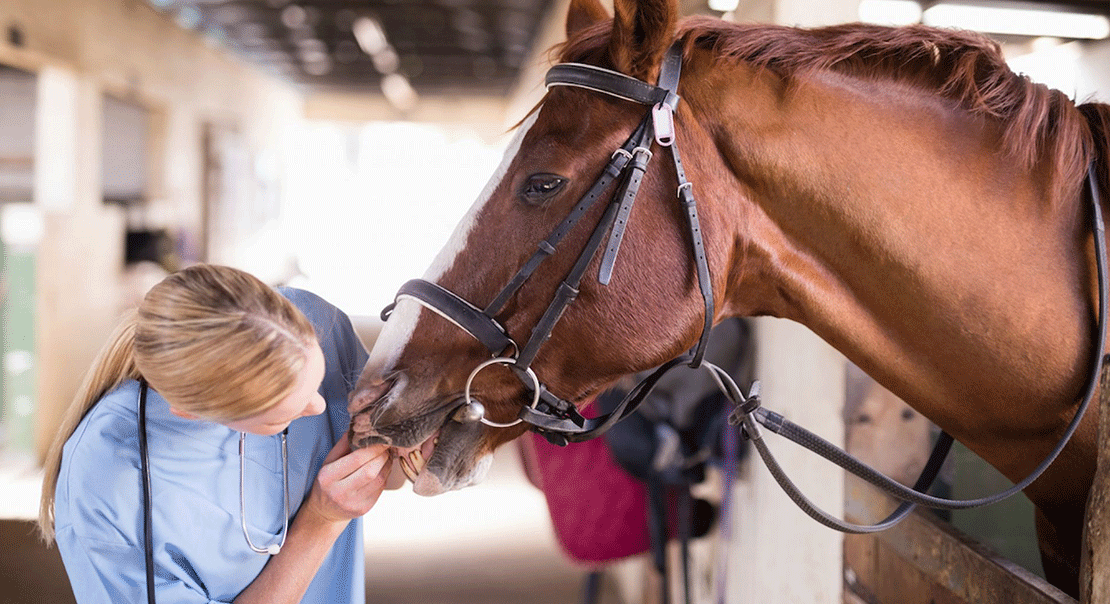
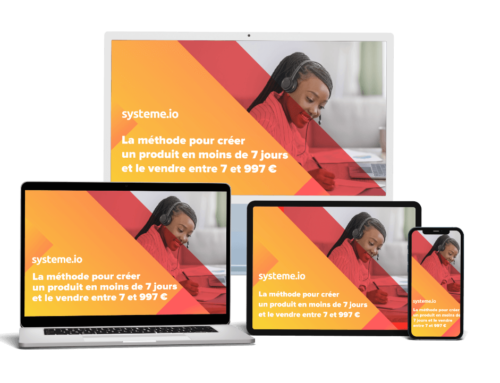
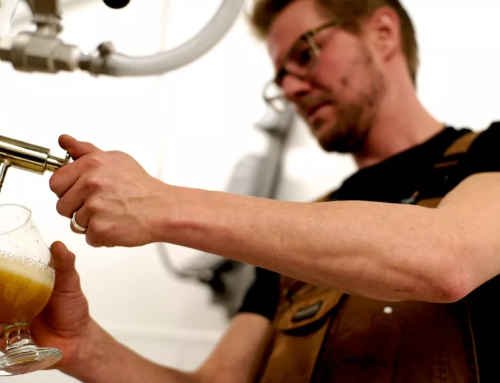

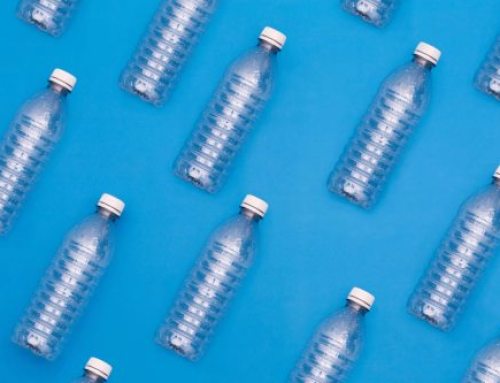



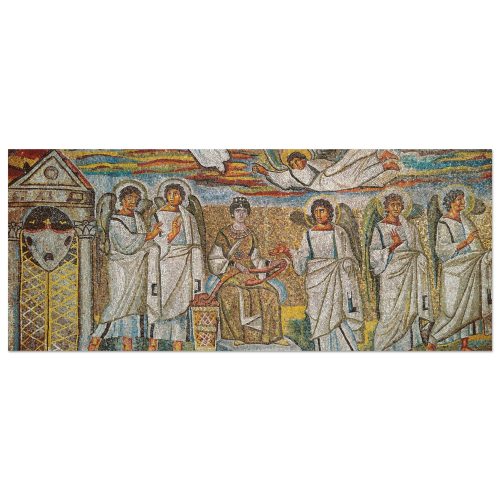
I'm interested in training in hoof care using 3D printing if you can point me in the right direction.
Thank you
Hi Jean, we'll let you know as soon as we have more information on this area. All the best!